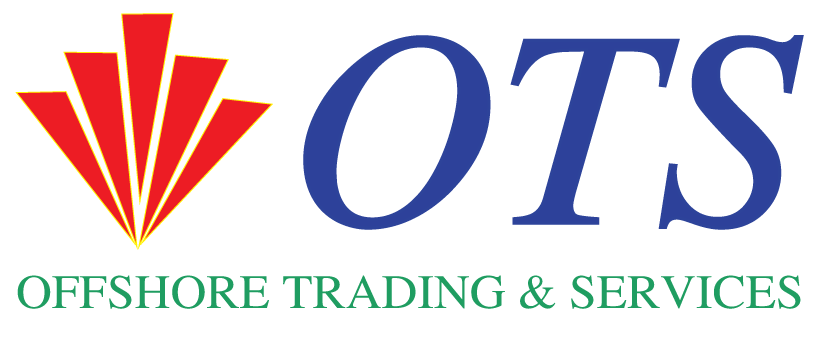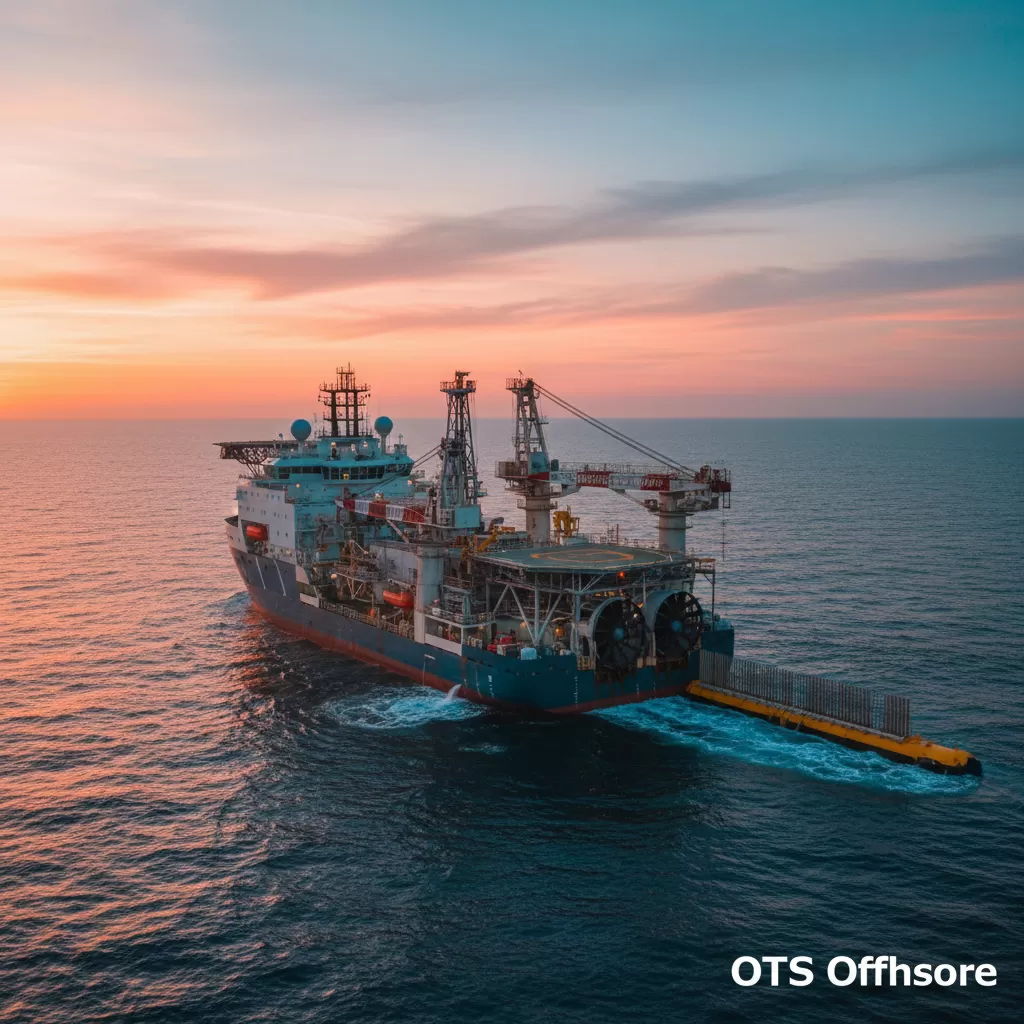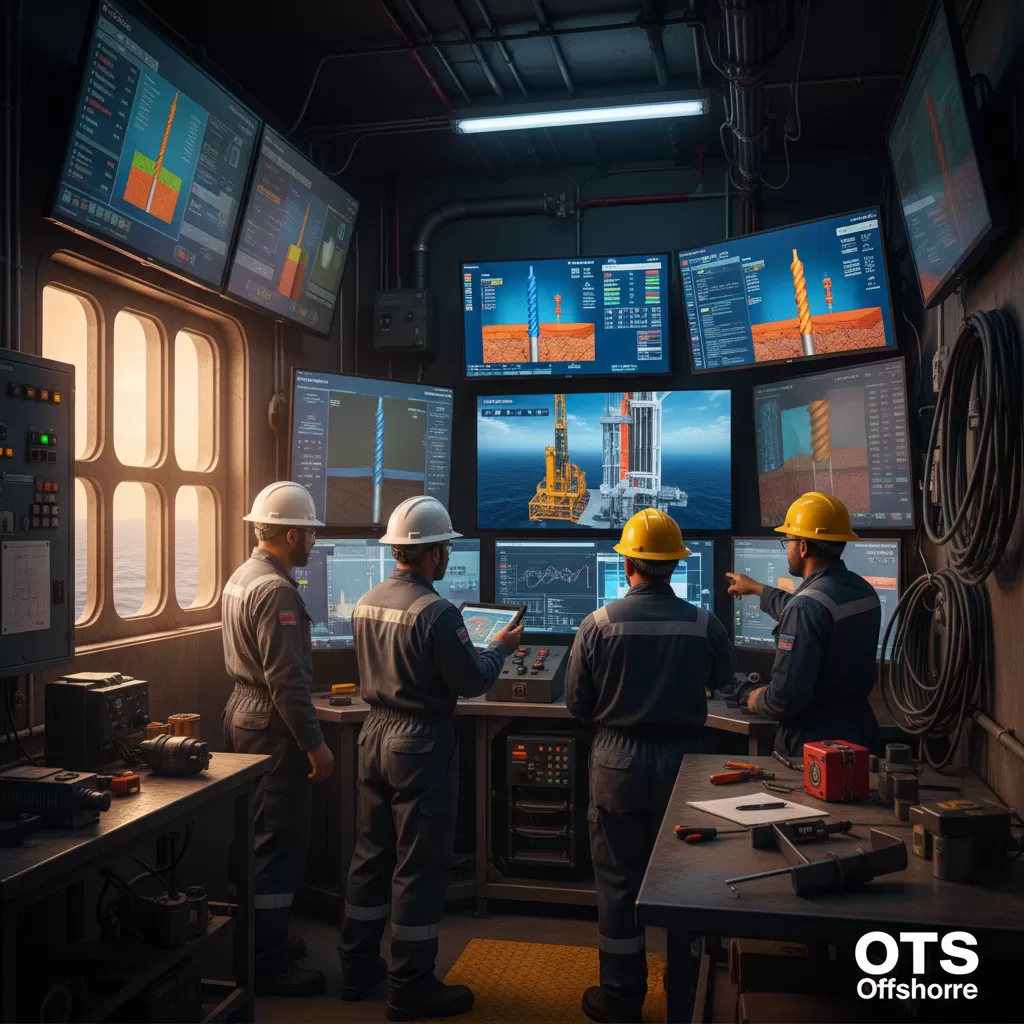The operational integrity and economic viability of energy assets hinge on accurate Remaining Useful Life (RUL) prediction for critical components. This article delves into the methodologies, challenges, and advanced techniques employed in the oil and gas industry to forecast component lifespan, thereby optimizing maintenance strategies, mitigating risks, and ensuring sustainable operations.
The Imperative of Remaining Useful Life (RUL) Prediction in the Oil and Gas Sector
The oil and gas industry operates some of the most complex and high-value industrial assets globally. From offshore platforms and deepwater exploration rigs to refineries and pipelines, the continuous and safe operation of these facilities is paramount. Central to this operational continuity is the health of critical components, such as pumps, compressors, turbines, valves, and structural elements. The failure of any single component, especially those deemed critical, can lead to catastrophic consequences. These can include significant production downtime, substantial financial losses due to lost revenue and repair costs, environmental damage, and, most critically, severe safety incidents impacting personnel and the surrounding ecosystem. Consequently, the ability to accurately predict the Remaining Useful Life (RUL) of these components has transitioned from a desirable capability to an absolute imperative for modern energy companies.
RUL prediction, in essence, is the process of estimating the time or operational cycles left before a component can no longer perform its intended function. This is not a static measurement but a dynamic assessment that evolves with the component’s operating conditions, historical performance, and emerging degradation patterns. Effective RUL prediction enables a shift from reactive maintenance, where repairs are performed after a failure occurs, to proactive and predictive maintenance strategies. This proactive approach allows for scheduled interventions, component replacements, and optimized spare parts inventory management, all contributing to enhanced asset performance and longevity.
Foundational Concepts in RUL Prediction
Understanding RUL prediction requires grasping several core concepts that underpin its methodologies. These principles guide the development and application of models designed to forecast component lifespan.
– Degradation Mechanisms:
At the heart of RUL prediction lies the understanding of how components degrade over time. This degradation is a consequence of various physical and chemical processes influenced by operating conditions. Common degradation mechanisms in oil and gas components include fatigue, corrosion, erosion, creep, wear, and thermal aging. Each mechanism affects the material properties and structural integrity of the component differently, leading to a predictable or stochastic decline in performance.
– Health Indicators (HIs):
Health Indicators are measurable parameters that directly or indirectly reflect the condition of a component and its progression towards failure. These can be derived from sensor data, maintenance records, or visual inspections. Examples of HIs include vibration levels in rotating machinery, pressure drops across filters, temperature anomalies in electrical systems, or strain gauge readings on structural elements. The selection of relevant HIs is crucial for the accuracy of RUL models.
– Performance Monitoring Systems:
Modern oil and gas facilities are equipped with sophisticated sensor networks and data acquisition systems. These systems continuously collect vast amounts of operational data, forming the basis for health monitoring and RUL prediction. Effective performance monitoring involves not only data collection but also data cleaning, validation, and feature extraction to derive meaningful HIs.
– Failure Modes and Effects Analysis (FMEA):
FMEA is a systematic, proactive method for evaluating a process to identify where and how it might fail and to assess the relative impact of different failures. In the context of RUL, FMEA helps identify potential failure modes for critical components and understand the chain of events leading to failure, which in turn informs the selection of appropriate degradation models.
– Reliability Engineering Principles:
RUL prediction is deeply rooted in reliability engineering. Concepts such as probability of failure, hazard rates, and survival functions are fundamental to quantifying the uncertainty associated with component lifespan. Statistical distributions like the Weibull distribution are commonly employed to model the time to failure for populations of components.
Methodologies for RUL Prediction
The prediction of Remaining Useful Life draws upon a diverse array of methodologies, each with its strengths and limitations. The choice of methodology often depends on the availability and type of data, the complexity of the degradation process, and the desired level of accuracy.
– Physics-Based Models:
These models leverage fundamental physical principles and material science to simulate the degradation process. They often require detailed knowledge of material properties, stress-strain relationships, and environmental factors. For instance, fatigue life can be predicted using fracture mechanics, and corrosion rates can be modeled based on electrochemical principles.
– Data-Driven Models:
These models rely heavily on historical operational data and maintenance records. They employ statistical and machine learning techniques to identify patterns and correlations between operating conditions, degradation indicators, and component failures.
– Statistical Methods:
These include techniques like regression analysis, survival analysis, and time-series forecasting. They are effective when historical data exhibits clear trends and when the degradation process can be reasonably approximated by statistical distributions.
– Machine Learning (ML) Algorithms:
ML offers powerful tools for RUL prediction, especially in scenarios with complex, non-linear degradation patterns and large datasets.
– Artificial Neural Networks (ANNs): ANNs, including Recurrent Neural Networks (RNNs) and Long Short-Term Memory (LSTM) networks, are adept at modeling sequential data and capturing temporal dependencies in degradation processes. LSTMs, in particular, are well-suited for predicting time-series data like sensor readings that exhibit long-term dependencies.
– Support Vector Machines (SVMs): SVMs can be used for both classification (e.g., predicting if a component will fail within a certain timeframe) and regression (e.g., directly predicting the RUL value).
– Decision Trees and Ensemble Methods (e.g., Random Forests, Gradient Boosting): These algorithms are robust and can handle a mix of continuous and categorical data, providing interpretable results.
– Hybrid Models:
Hybrid approaches combine the strengths of physics-based and data-driven models. For example, a physics-based model might provide a baseline prediction, which is then refined using machine learning algorithms to account for unmodeled effects or data-specific anomalies. This synergistic approach often yields superior accuracy and robustness.
Challenges in RUL Prediction for Critical Components
Despite advancements in modeling techniques and data acquisition, several inherent challenges persist in achieving highly accurate RUL predictions for critical components in the oil and gas industry.
– Data Quality and Availability:
The accuracy of data-driven models is critically dependent on the quality and quantity of available data. In real-world operational environments, data can be noisy, incomplete, or contain missing values due to sensor malfunctions or communication issues. Furthermore, for rare failure events, there might be insufficient historical data to train robust models.
– Operational Variability:
Oil and gas assets often operate under highly variable conditions, including fluctuating pressures, temperatures, flow rates, and corrosive environments. This inherent variability can significantly influence degradation rates and make it challenging to develop models that generalize well across different operating regimes.
– Sensor Drift and Calibration:
Sensors, while essential for monitoring, can themselves degrade over time. Sensor drift and inaccuracies in calibration can lead to erroneous data, which in turn can propagate significant errors into RUL predictions. Regular sensor validation and recalibration are crucial.
– Complexity of Degradation Pathways:
Many critical components can fail due to a combination of multiple degradation mechanisms acting in parallel or series. Modeling these complex interactions accurately requires sophisticated approaches and a deep understanding of the underlying physics and material science.
– Lack of Labeled Failure Data:
In many instances, failures are rare events. This scarcity of labeled data (i.e., data points clearly associated with a specific failure) poses a significant hurdle for supervised machine learning algorithms, which often require large amounts of labeled examples for training.
– Dynamic Operating Environments:
The operational context of a component can change due to planned maintenance, unforeseen circumstances, or shifts in production demands. Models need to be adaptable to these dynamic changes, updating their predictions as new operational data becomes available.
– Integration with Existing Systems:
Integrating advanced RUL prediction systems with existing enterprise asset management (EAM) or computerised maintenance management systems (CMMS) can be technically challenging. Seamless integration is essential for operationalizing RUL insights and automating maintenance workflows.
Advanced Techniques and Future Trends
The field of RUL prediction is continuously evolving, with researchers and industry professionals exploring novel techniques to overcome existing challenges and enhance predictive capabilities.
– Deep Learning for Complex Pattern Recognition:
Deep learning architectures, particularly Convolutional Neural Networks (CNNs) for analyzing spatial patterns in sensor data (e.g., images of corroded surfaces) and advanced RNN variants for sophisticated temporal analysis, are showing great promise in capturing intricate degradation signatures that traditional methods might miss.
– Transfer Learning and Domain Adaptation:
To address the issue of limited labeled data, transfer learning techniques are being explored. This involves leveraging knowledge gained from a related domain or component with more abundant data to improve RUL prediction for a new, data-scarce component. Domain adaptation techniques help adjust models trained on one data distribution to perform well on another.
– Explainable Artificial Intelligence (XAI) for Model Trust:
As RUL models become more complex, ensuring trust and interpretability is vital for their adoption. XAI techniques aim to make the decision-making process of AI models transparent, allowing engineers to understand why a particular RUL prediction was made. This is crucial for validating model outputs and building confidence in their recommendations.
– Digital Twins for Comprehensive Asset Simulation:
Digital twins – virtual replicas of physical assets – offer a powerful platform for RUL prediction. By integrating real-time sensor data with physics-based simulations and machine learning models within a digital twin environment, engineers can create highly accurate and dynamic RUL assessments. This allows for scenario testing and optimization of maintenance strategies without impacting the physical asset.
– Edge Computing for Real-time Analysis:
Processing data closer to the source (at the edge) can significantly reduce latency and bandwidth requirements. Edge computing enables real-time anomaly detection and RUL updates, allowing for immediate response to critical changes in component health.
– Prognostics and Health Management (PHM) Integration:
RUL prediction is a key component of a broader Prognostics and Health Management (PHM) framework. Future trends point towards the even tighter integration of RUL with other PHM elements, such as fault diagnosis, remaining useful life estimation, and optimal maintenance decision-making, to create a holistic approach to asset lifecycle management.
– Reinforcement Learning for Optimal Maintenance Scheduling:
Reinforcement learning (RL) can be used to develop intelligent agents that learn optimal maintenance policies by interacting with a simulated environment. This can lead to dynamic maintenance schedules that balance the cost of maintenance against the risk of failure and production losses.
– Predictive Maintenance as a Service (PMaaS):
The rise of cloud computing and advanced analytics is paving the way for PMaaS offerings. This allows companies to leverage sophisticated RUL prediction capabilities without the need for extensive in-house expertise or infrastructure, democratizing access to advanced predictive maintenance solutions.
– Enhanced Sensor Technologies and IoT Integration:
Continued advancements in sensor technology, including wireless sensors, MEMS (Micro-Electro-Mechanical Systems), and the widespread adoption of the Internet of Things (IoT), will provide richer and more granular data streams. This will fuel the development of more accurate and sophisticated RUL models.
The journey towards precise Remaining Useful Life prediction for critical components in the oil and gas sector is an ongoing endeavor. By embracing advanced methodologies, addressing inherent challenges with innovative solutions, and fostering a culture of data-driven decision-making, the industry can significantly enhance operational safety, optimize asset performance, and secure its future in a dynamic energy landscape.








